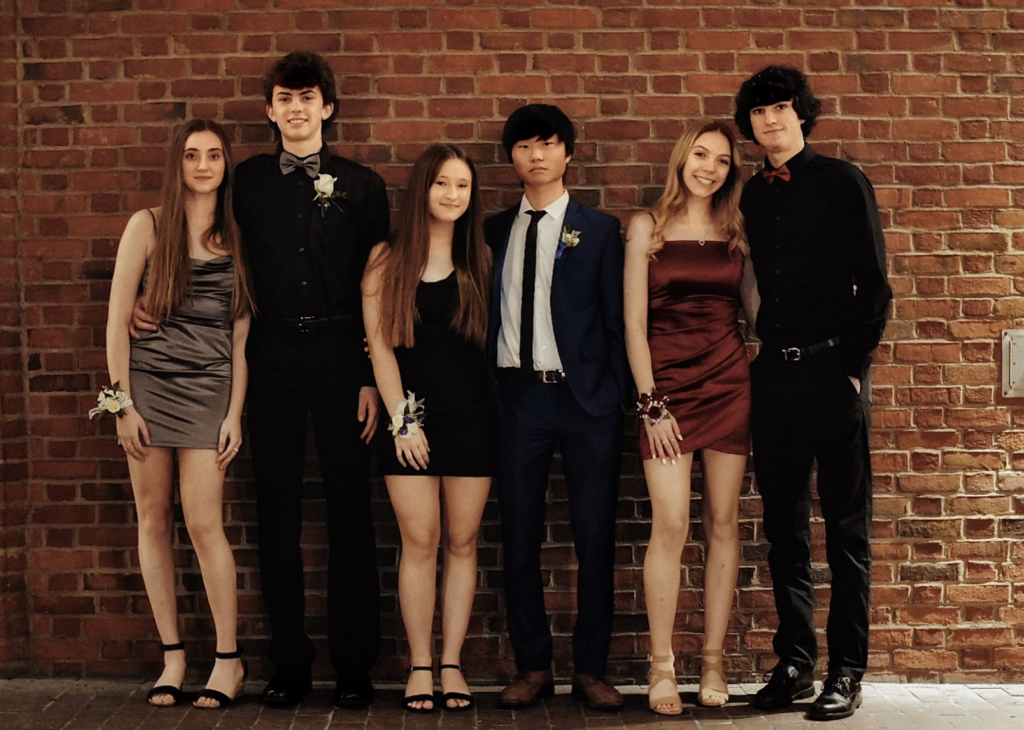I discovered as a child that following rules is not only no fun, it’s often an impediment to true self-expression. Strict adherence to orthodoxy and rigid rules doesn’t tend to produce compelling art. Take, for instance, this simplistic definition of what a portrait is:
n. A likeness of a person, especially one showing the face, that is created by a painter or photographer, for example.
There’s nothing “wrong” with the above definition. It’s totally accurate. But imagine if that is all portraits ever were — just recreations of faces. Of course, in a portrait, your subject is the focal point of the photograph, but there are times when the environment can be nearly as important as the subject. Making a subject’s setting a part of the portrait can provide greater context and extend the connection between subject and viewer. Not to mention, including the environment just gives you a way to work outside the box of the typical portrait.
Here are some fun ways you can incorporate the setting into your next portrait shoot.
Activities
That old saying about the eyes being the windows to the soul comes to mind here, mainly because it is far too abstract a concept that many photographers aren’t going to bother trying to capture. In a more pragmatic turn, show your subject doing something that is meaningful to them — interacting with family, working, engaging in their favorite hobby. Photographing a subject while participating in an activity of some kind obviously adds a much livelier dimension than the standard posed shot can convey; furthermore, it allows the subject to be more at ease and, perhaps, less aware of the camera.
Field of View
The “ideal” approach to portraiture is to use longer focal lengths, but environmental portraiture provides the perfect opportunity to break with tradition and use a wider focal length. Wide angle lenses, of course, aren’t typically considered optimal portrait lenses due to the distortion associated with them — they don’t flatter facial features. The solution, however, is to put some distance between you and your subject. Now you will be able to capture both your portrait subject and the setting in which they live, work, play, or relax. The same can be done with longer focal lengths, but you will need to allow for even greater distance between you and the subject. When including the environment in the photo, be sure to strike an aesthetically pleasing balance between subject and setting; it can be a bit too easy for your subject to get swallowed up by the setting. Just keep in mind that you’re still shooting a portrait, not a landscape.
Perspective
You can easily take the ideas related to field view and expand them into the province of perspective. If you shoot from the ground up, for example, you can include a cloudy sky behind your subject, thus adding some dramatic flair to your portrait by showing the atmospheric/weather conditions at the time. Similarly, shooting top down might reveal interesting textures, patterns, or designs on the floor or ground that will add some extra flavor.
The tips above can easily be expanded and customized and numerous ways; the underlying idea is simply that portraits can be more than just another face.









